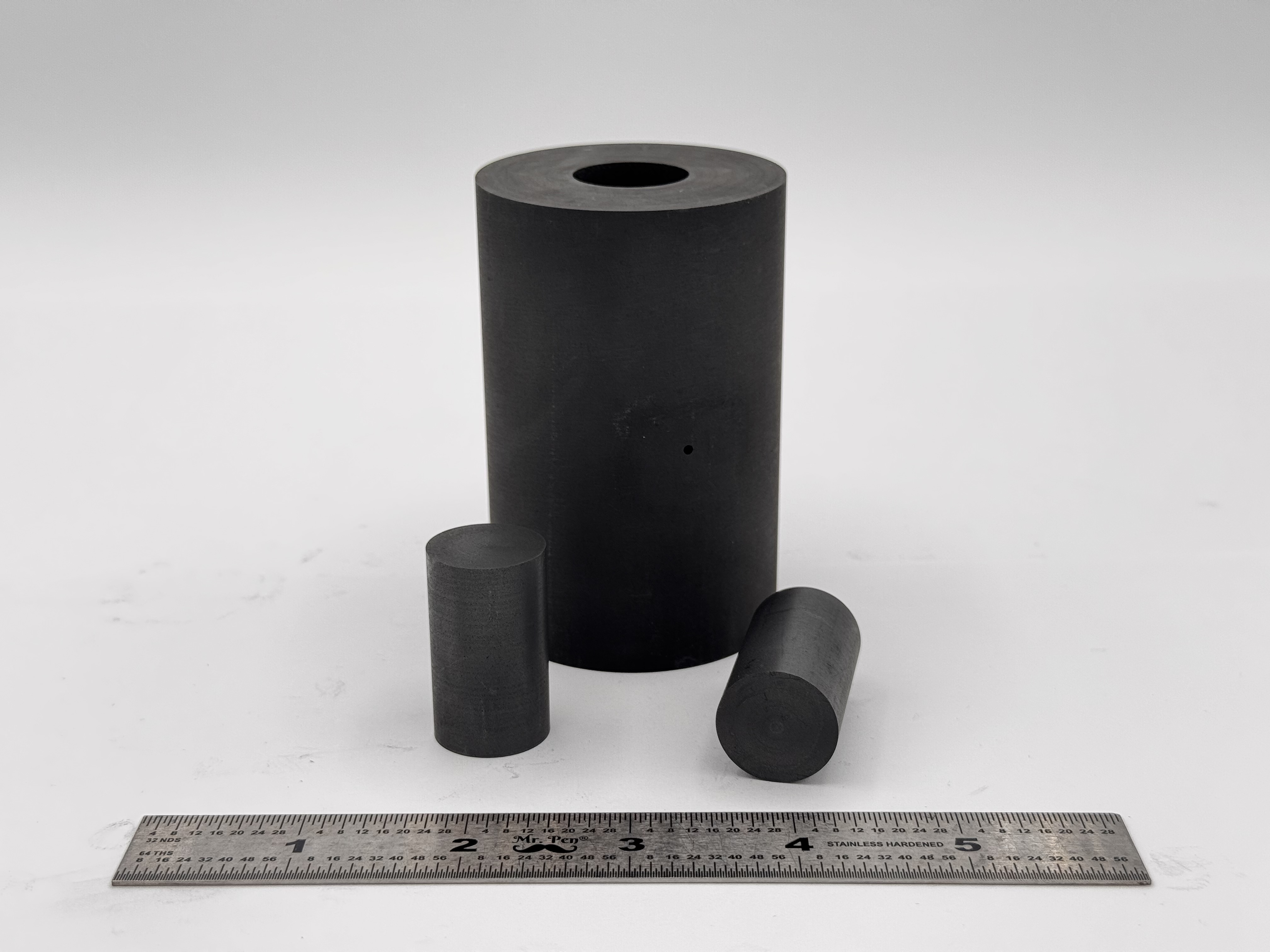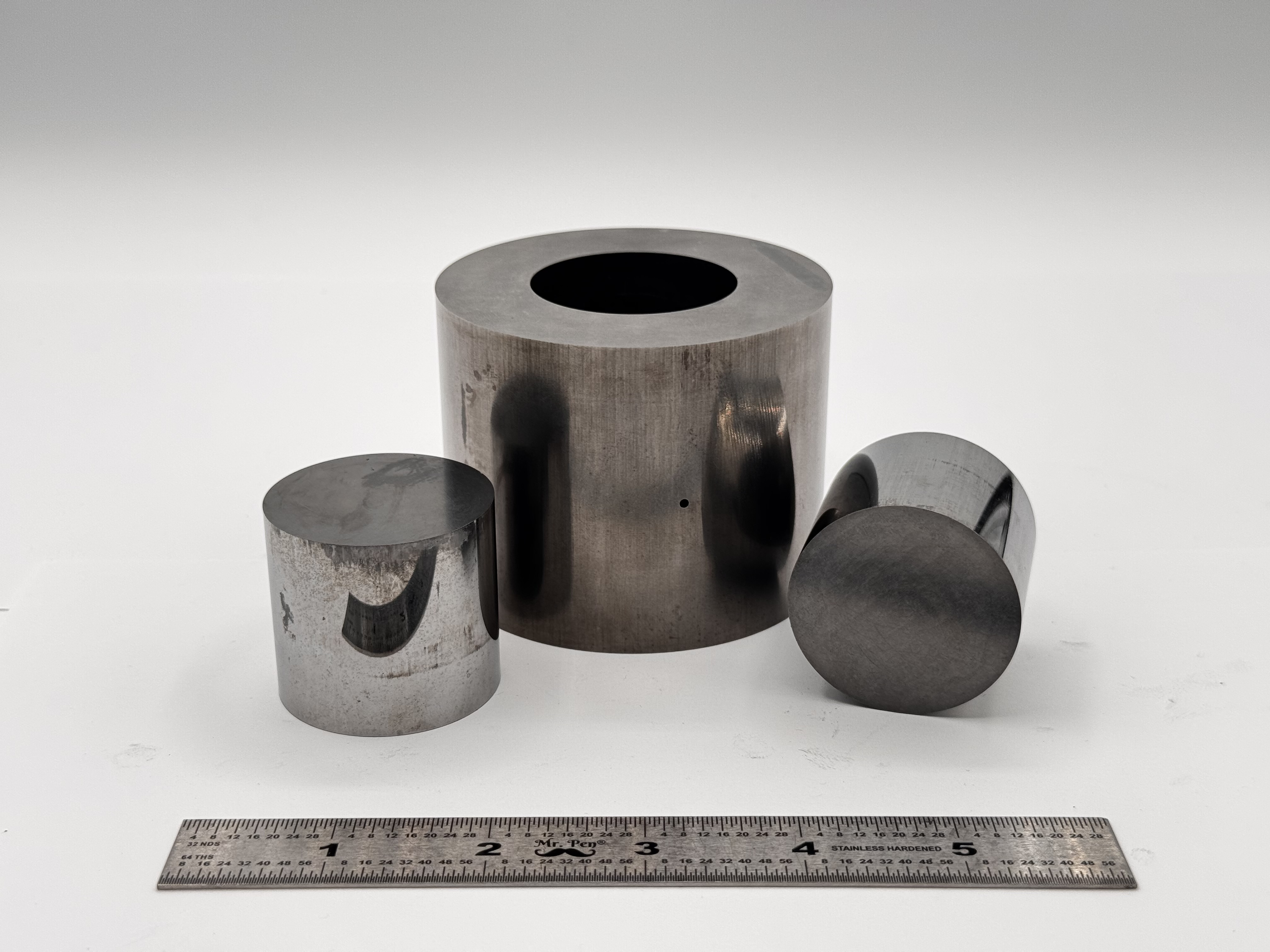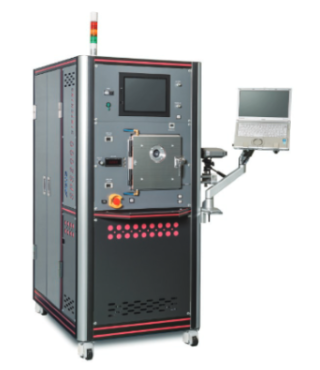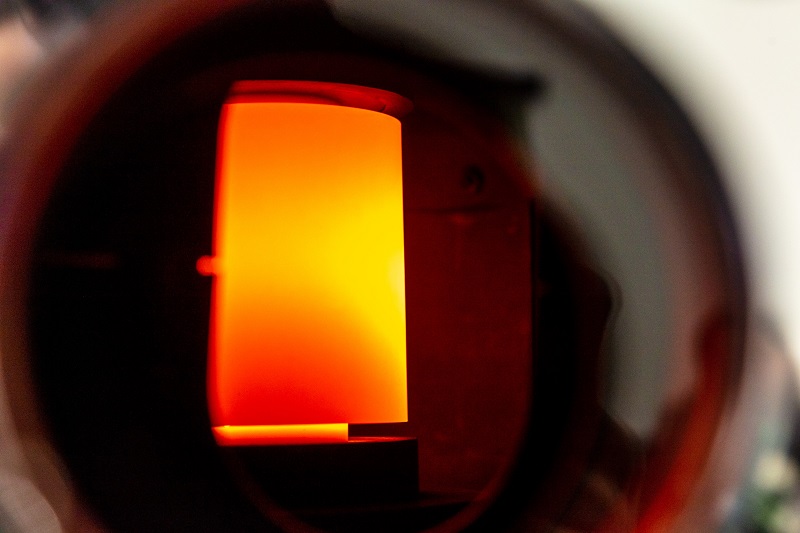The Role of High-Strength Graphite in Advancing Nanotechnology
In the fast-evolving world of nanotechnology, the demand for materials that are both lightweight and exceptionally durable continues to grow. Among these, high-strength graphite has emerged as a critical player. Known for its unique combination of mechanical strength, thermal stability, and electrical conductivity, this advanced form of graphite is redefining what’s possible in nanomaterials, energy storage, and precision manufacturing.
What Is High-Strength Graphite?
Graphite, a naturally occurring form of carbon, is composed of stacked layers of hexagonally arranged carbon atoms. These layers, bound by weak van der Waals forces, allow for excellent in-plane conductivity but traditionally limited mechanical strength.
High-strength graphite, however, is a refined and engineered version of this material. Through specialized processing techniques that enhance crystallinity, reduce defects, and densify its structure, manufacturers create graphite that exhibits:
- Greater tensile and compressive strength
- Improved thermal and electrical conductivity
- Superior resistance to wear and high temperatures
These enhanced properties make it suitable for demanding nanoscale and high-temperature applications.
Key Advantages in Nanotechnology Applications
1. Superior Conductivity
At the nanoscale, electrical and thermal management are essential. High-strength graphite offers exceptional conductivity, making it a natural choice for nanoelectronics and thermal interface materials. In microchips and miniaturized devices, graphite films or nanoplatelets efficiently dissipate heat, protecting sensitive components and improving overall performance.
2. Enhanced Mechanical Strength
High-strength graphite’s remarkable stiffness and strength-to-weight ratio make it ideal for reinforcing composite materials. When incorporated into polymers, metals, or ceramics, graphite nanoparticles increase the material’s durability and resistance to deformation — a crucial benefit in aerospace, robotics, and advanced manufacturing.
3. Chemical and Thermal Stability
Nanotechnology often involves extreme conditions — high temperatures, chemical exposure, or vacuum environments. High-strength graphite resists oxidation, corrosion, and degradation, ensuring long-term reliability in high-performance systems.
4. Large Surface Area and Interfacial Benefits
When processed into graphite nanoplatelets or nanoparticles, the material’s large surface area and excellent interfacial bonding properties enhance its usefulness in coatings, filtration membranes, and adsorption systems. These nanoscale forms enable improved interaction with surrounding materials, further enhancing performance in composites or sensors.
Practical Uses in Nanotechnology and Advanced Materials
1. Composite Reinforcement
High-strength graphite serves as a nano-filler in structural composites, improving mechanical integrity while keeping weight to a minimum. This makes it especially valuable in aerospace, automotive, and defense applications, where strength and efficiency are paramount.
2. Thermal Management Systems
Graphite’s exceptional in-plane thermal conductivity allows it to function as a heat spreader in electronic and nano-electronic devices. Materials such as annealed pyrolytic graphite are already used in smartphones and flexible displays to maintain safe operating temperatures and extend device lifespans.
3. Energy Storage and Conversion
Graphite is the standard anode material in lithium-ion batteries, but high-strength variants with optimized microstructures are now being explored for fast-charging and high-capacity energy storage. In supercapacitors and hybrid systems, graphite nanomaterials provide both durability and conductivity for long-term cycle performance.
4. Manufacturing of Nano and Advanced Materials
In processes such as spark plasma sintering (SPS) — used to consolidate advanced ceramics and nanocomposites — high-strength graphite is utilized for tooling. Its ability to withstand intense heat and pressure ensures precise, consistent material fabrication.
5. Functional Nanomaterials
Graphite nanoparticles are finding new applications in sensors, catalysts, and biomedical nanotechnology. Their large surface area, chemical inertness, and tunable conductivity make them excellent candidates for targeted drug delivery, surface coatings, and environmental purification systems.
The Importance of “Strength” in Nano-Scale Engineering
In nanotechnology, even minor imperfections can significantly affect performance. High-strength graphite’s enhanced structure reduces defects and improves overall reliability. Whether used as a functional nanomaterial, a structural reinforcement, or a processing tool, its superior stability ensures consistent behavior under stress, temperature cycling, or long-term use.
Conclusion
High-strength graphite represents a crucial link between traditional carbon materials and the next generation of nanotechnology. Its exceptional
mechanical, electrical, and thermal properties make it indispensable across industries — from energy storage and electronics to aerospace composites and advanced manufacturing.
As nanotechnology continues to evolve, the integration of engineered carbon materials like high-strength graphite will remain at the forefront of innovation, powering breakthroughs that redefine performance, sustainability, and precision at the smallest scales.
 High Strength SPS Graphite Tooling
High Strength SPS Graphite Tooling Tungsten Carbide Tooling
Tungsten Carbide Tooling Carbon Graphite Foil / Paper
Carbon Graphite Foil / Paper Carbon Felt and Yarn
Carbon Felt and Yarn Spark Plasma Sintering Systems
Spark Plasma Sintering Systems SPS/FAST Modeling Software
SPS/FAST Modeling Software